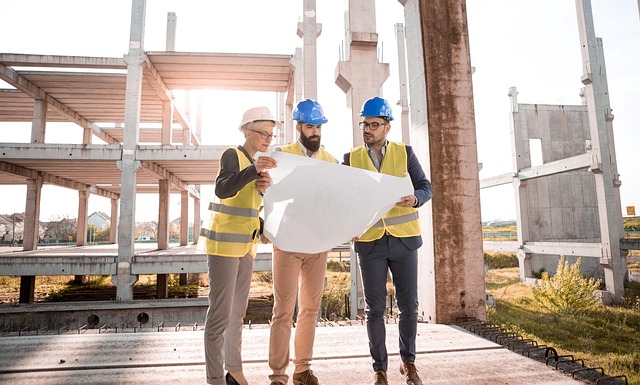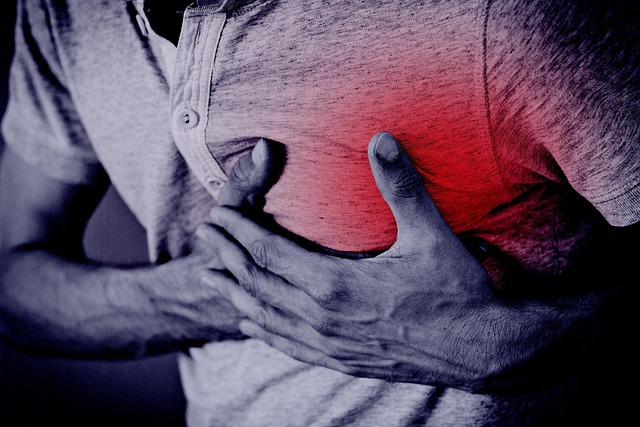
Submarine Implosion
Understanding Submarine Implosion
Submarine implosion is a catastrophic event that occurs when a submarine experiences a sudden and extreme failure of its structural integrity, typically due to external pressure. This phenomenon can lead to the rapid collapse of the vessel, posing significant risks to the crew and the technology onboard. Understanding the mechanics behind submarine implosion, its causes, and the safety measures in place is crucial for both the industry and the general public.
The Mechanics of Submarine Implosion
Submarines are designed to operate at great depths, where the pressure of the surrounding water can be immense. The hull of a submarine must withstand these pressures while maintaining a safe environment for the crew. An implosion occurs when the external pressure exceeds the structural strength of the submarine's hull, leading to a failure that can happen almost instantaneously.
When a submarine descends, it communicates with its support vessel, often providing regular updates on its status. For instance, during a typical descent, a submarine might send signals every few minutes, indicating that all systems are functioning correctly. However, if the hull begins to fail, these communications may abruptly cease, signaling a critical situation.
Common Causes of Submarine Implosion
Several factors can contribute to a submarine implosion:
- Structural Weakness: Over time, materials can degrade, leading to weaknesses in the hull. Regular maintenance and inspections are essential to prevent this.
- Design Flaws: If a submarine is not designed to withstand the pressures of its operating depth, it may be at risk. Engineering standards are crucial in ensuring safety.
- Operational Errors: Human error during operations, such as incorrect depth management or failure to follow safety protocols, can lead to dangerous situations.
- Environmental Factors: Unforeseen oceanic conditions, such as strong currents or underwater geological activity, can impact a submarine's stability.
Safety Measures and Engineering Standards
The submarine industry adheres to strict engineering standards to mitigate the risk of implosion. Organizations such as the American Society of Mechanical Engineers (ASME) develop and maintain codes for pressure vessels and hulls. These standards ensure that submarines are built to withstand the extreme conditions of deep-sea environments.
In addition to engineering standards, submarines undergo rigorous testing and maintenance protocols. Regular inspections are conducted to identify potential weaknesses, and crews are trained to handle emergencies effectively. Communication with support vessels is also vital, as it allows for real-time monitoring of the submarine's status.
Recent Incidents and Industry Response
In recent years, there have been notable incidents involving submarines that highlight the importance of safety and engineering standards. For example, concerns were raised regarding the development of new submersibles, where experts expressed worries about the experimental approaches being taken. Such feedback underscores the need for adherence to established safety protocols and the importance of industry consensus on design and operational practices.
When incidents do occur, they often prompt investigations and discussions within the industry. These discussions aim to improve safety measures and prevent future occurrences. The collaboration between engineers, regulatory bodies, and submarine operators is essential in fostering a culture of safety.
Conclusion
Submarine implosion is a serious concern in the maritime industry, with implications for safety and engineering practices. Understanding the mechanics behind implosion, its causes, and the measures in place to prevent it is crucial for anyone interested in underwater exploration. As technology advances, ongoing dialogue and adherence to safety standards will remain vital in ensuring the safety of submarines and their crews.

















 Clippership Wharf: Where the Sea Meets Community!
Clippership Wharf: Where the Sea Meets Community! 
 Health
Health  Fitness
Fitness  Lifestyle
Lifestyle  Tech
Tech  Travel
Travel  Food
Food  Education
Education  Parenting
Parenting  Career & Work
Career & Work  Hobbies
Hobbies  Wellness
Wellness  Beauty
Beauty  Cars
Cars  Art
Art  Science
Science  Culture
Culture  Books
Books  Music
Music  Movies
Movies  Gaming
Gaming  Sports
Sports  Nature
Nature  Home & Garden
Home & Garden  Business & Finance
Business & Finance  Relationships
Relationships  Pets
Pets  Shopping
Shopping  Mindset & Inspiration
Mindset & Inspiration  Environment
Environment  Gadgets
Gadgets  Politics
Politics 